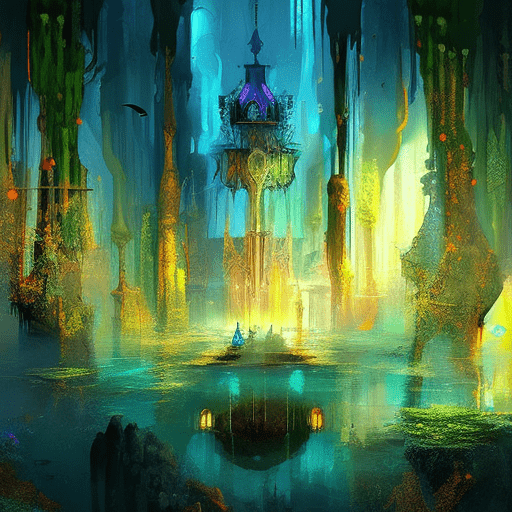One Hundred Years of Solitude: A Multigenerational Saga of the Buendía Family
One Hundred Years of Solitude, written by Gabriel García Márquez, is a captivating novel that takes readers on a journey through the tumultuous history of the Buendía family in the fictional town of Macondo. Spanning multiple generations, the story weaves together elements of magical realism, love, war, and the cyclical nature of life. With its rich storytelling and complex characters, this book explores themes of solitude, fate, and the human condition.
The Founding of Macondo and the Buendía Family
The story begins with the founding of Macondo by José Arcadio Buendía and his wife, Úrsula. Driven by a desire to escape their past and build a utopian society, the couple establishes a town in the remote jungles of South America. However, as the town grows, so does the Buendía family’s isolation and their struggle with the weight of their own history.
Love, Passion, and Tragedy
One Hundred Years of Solitude is replete with passionate love affairs that shape the destinies of the Buendía family. From the forbidden romance between Amaranta and Aureliano Buendía to the enduring love between Aureliano Buendía and his aunt, Remedios Moscote, the novel explores the complexities of human relationships and the consequences of unchecked desires. These love stories often end in tragedy, highlighting the cyclical nature of the family’s fate.
Magical Realism and the Supernatural
A defining characteristic of One Hundred Years of Solitude is its use of magical realism. Márquez seamlessly blends the ordinary with the extraordinary, blurring the lines between reality and fantasy. Throughout the novel, readers encounter fantastical elements such as levitating individuals, a woman who ascends to heaven, and a plague of insomnia. These magical occurrences serve as metaphors for the characters’ internal struggles and the larger themes of the novel.
As the story unfolds, the Buendía family becomes trapped in a cycle of repetition and solitude. The characters’ actions mirror those of their ancestors, and history seems to repeat itself endlessly. The novel explores the concept of time as circular rather than linear, emphasizing the inescapable nature of fate and the human condition.
Key Takeaways:
- One Hundred Years of Solitude is a multigenerational saga that delves into the history of the Buendía family and their struggles with solitude and fate.
- The novel explores themes of love, passion, and the cyclical nature of life.
- Márquez’s use of magical realism adds a fantastical element to the story, blurring the lines between reality and fantasy.
- The characters’ actions mirror those of their ancestors, highlighting the cyclical nature of history and the inescapable nature of fate.
In the words of Gabriel García Márquez himself, “Many years later, as he faced the firing squad, Colonel Aureliano Buendía was to remember that distant afternoon when his father took him to discover ice.” This poignant quote captures the essence of the novel, as it reflects the cyclical nature of time and the interconnectedness of past, present, and future.
One Hundred Years of Solitude is a masterpiece that immerses readers in a world filled with complex characters, vivid imagery, and profound themes. Through its exploration of solitude, love, and the human condition, the novel leaves a lasting impact, reminding us of the power of storytelling and the timeless nature of our shared experiences.












